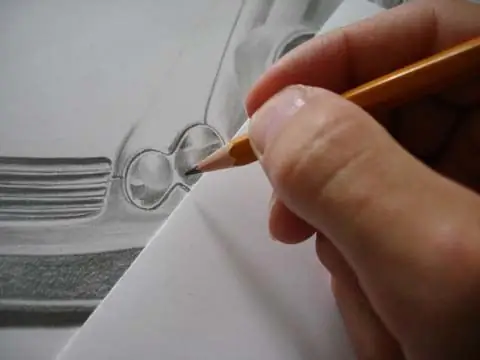Drawing is a useful and exciting activity that you can learn for many years, improving your abilities. Painting technique always presupposes the ability to correctly depict shadows in a drawing, without which it will not look reliable and realistic.

Instructions
Step 1
To correctly depict the shadow of an object, determine what type this object belongs to. There are shadows from opaque objects, the darkest at the base and lighter at the farther from the object; there are also shadows from translucent objects, in which the base is lighter, and the far edge is darker, and in the case of a transparent object, the shadow is an interweaving of various light spots located randomly.
Step 2
Try painting shadows on several objects in your still life - transparent, translucent, and opaque.
Step 3
Start by sketching - draw the basic silhouettes of each object and their elongated shadows. Cover the sketch shapes with the base colors you chose for them.
Step 4
Paint the shadow areas with colors similar to the colors of the objects themselves, but choose a cool color for them.
Step 5
To detail the colors, add warm and cool tones to them, distributing them so that there are more cold shades in the shadow area, and warm in the area of the objects themselves, since the lighting falling on objects is also meant to be warm. After defining different colors for each of the shadows, start detailing the shadows.
Step 6
Add new tints to the mass of each shadow, detailing the darker and lighter areas of the shadow, its overexposed stripes and darkened borders. Add a light paint that will show light streaks across the background where your shadows are cast.
Step 7
Soften the edges of the shadows to make them look more realistic and blurry - outline them with diluted light paint, forming a partial shade - a transition from the background to the shadow area.






